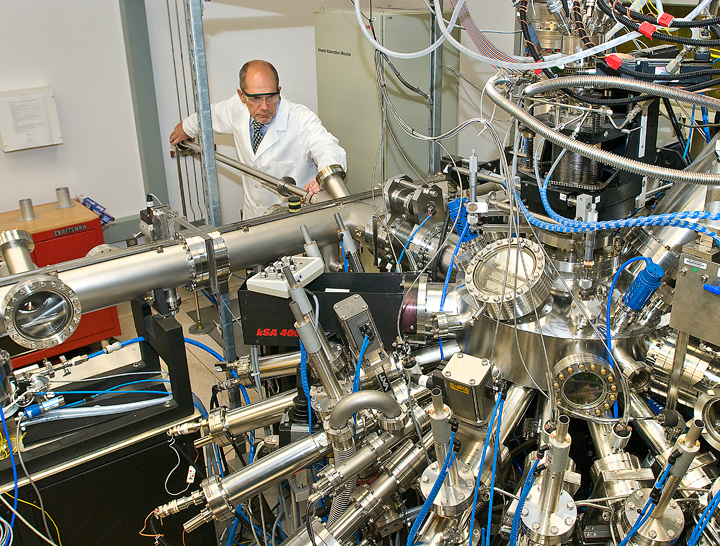Superconductivity 2.0: Advances in HTS Materials and Technologies

About Course
What if electricity could flow forever without any loss? That’s the promise of superconductivity—a revolutionary physical phenomenon that could reshape energy systems, transportation, computing, and even quantum technologies. In Superconductivity 2.0, we delve into the cutting-edge world of High-Temperature Superconductors (HTS)—materials that exhibit superconducting properties at temperatures previously deemed impractical. Through this course, students will journey from the foundational theories and quantum mechanics behind superconductivity to the latest breakthroughs in materials science that are bringing HTS closer to widespread use.
This course doesn’t just stay theoretical—it explores the real-world engineering behind superconducting wires, energy storage, magnets, RF technologies, and smart power grids. Students will discover how researchers are overcoming critical fabrication and scalability challenges and pushing the limits of what superconductivity can offer. Whether you’re an engineering student, a physics enthusiast, or a technology futurist, this course will inspire you to explore the quantum frontier of modern materials.
Course Content
Introduction
Definition of Superconductivity
00:00Historical Background
00:00Importance of Superconductivity
00:00Purpose of the eBook
00:00